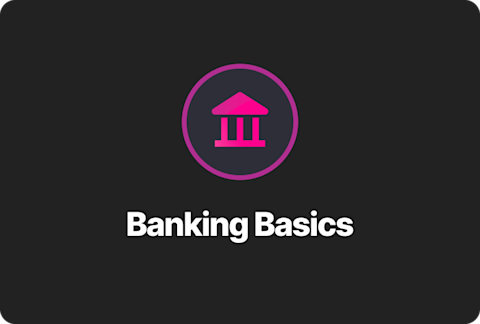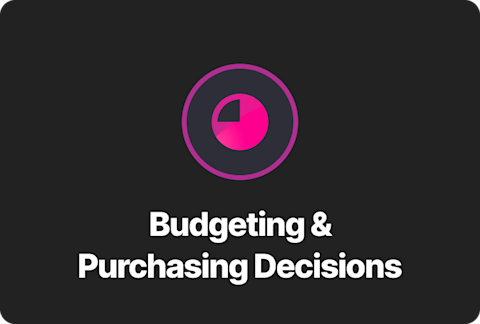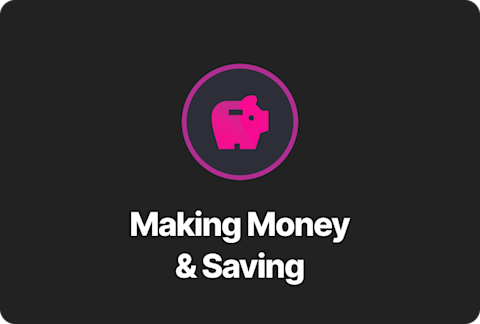How to handle your financial life

Money may seem like it’s just a tool you use to pay for the things you want, but there’s a lot more to it than that. Managed properly, your money can grow and become a resource not only for buying things, but for ensuring you have a comfortable future.
Part of that proper management involves paying taxes, protecting yourself and your property with insurance, and making sure you invest for the future. It’s all interconnected, so having a grasp of how it all works now can help you be proactive as your financial life becomes more complicated.
How taxes work
Let’s start with taxes. If you get a regular paycheck, you know that a portion of your income is withheld for taxes. Your income — the amount you make before taxes — is known as gross income. The portion you actually receive after taxes is known as net income.
If you work for someone else as an employee—whether that’s lifeguarding at the local pool or stocking shelves at a grocery store—your employer will handle taking out payroll taxes for you. If you have a side hustle like babysitting or mowing lawns, and you make more than $400 a year, you’ll have to pay those taxes yourself. You’ll also have to fill out a tax return, which is a form that, among other things, tells the government how much income you made. Tax forms can be complicated, so it’s good to get some help filling them out.
If your employer takes out payroll taxes for you, and you make less than $12,550 a year, you won’t have to file a tax return.
Here are the most common taxes taken out of your paycheck:
Federal income tax. Based on how much money you make—and that includes tips—the government will decide how much to take out of your paycheck
State income tax. Some states also charge income tax, so you’ll want to keep that in mind, especially if taxes aren’t being automatically taken out of your paycheck.
Social Security Tax and Medicare Tax. Companies hold back a certain amount of your paycheck to send to the government to fund Social Security and Medicare. That is what’s known as payroll taxes.
How saving & investing work
It may seem strange to think about saving for long term goals like retirement before you’ve even graduated high school, but there’s a solid argument to be made for stashing away cash now: Compound interest. That’s the interest you earn not just on the money you save, but on the interest that money earns.
Let’s say at age 18 you put $2,500 in a Roth IRA retirement account. If you earn just 7% interest each year, you would have $72,000 by age 66 without ever investing another penny. Using those same numbers, let’s say you opened the account at age 22. In that case, you would have just over $54,000 by the time you reach age 66. Waiting only four years to start saving cost you $18,000.
You don’t have to save a ton of cash right now for long term financial goals, but every dollar helps as you can see. To invest—which means putting it into something that will hopefully make more money—you first have to save, and a budget can help you do that.
A very basic budget follows the 50/30/20 rule. That means you spend 50% of your money on needs (things like expenses, food and college savings), 30% toward wants (subscriptions, entertainment, gifts), and 20% for savings or to pay off debt. You probably don't have much debt right now, which makes it easier to save.
Once you have enough money to pay your bills, have fun with friends, and contribute to a small emergency fund (saved money that you can use in an emergency), you can toss a little something at retirement. Think of it as a gift to your future self.
You can start with as little as $1. Taking it just one dollar at a time is much easier than trying to save large sums all at once. Once you have some money saved, you can start investing, which gives you a chance to grow your money. Of course, you have to be 18 to open investment accounts on your own, but here’s a handy explanation of how your parents or guardians can help you start investing sooner.
How insurance works
Simply put, you buy insurance to protect something you have. That could be your health, your car, your house and even things inside your house.
Health insurance
Adults might need to budget between 10% to 25% of their income for insurance costs like healthcare, car insurance, homeowner’s or renter’s insurance, disability insurance, and life insurance.
Right now you may have health insurance through your parents’ plan, and you can stay on their plan until age 26 if needed. But health insurance remains one of the biggest costs people face in the United States, so it’s good to keep it in mind for the future.
Renter’s insurance
Another type of insurance you might need to think about sooner rather than later is renter’s insurance. That’s insurance that covers your personal belongings (furniture, clothes, electronics) in case something is stolen or damaged like in a fire.
If you’re going away to college and live in a dorm, your parents’ homeowners insurance usually covers some of your belongings, too. But that’s not the case if you’re living off-campus. Maybe you’re not super worried about insuring your IKEA couch, but you probably also have some pricey items like a bike or laptop. Rental insurance is usually pretty cheap—the average yearly cost is $188—and the sweet part is, you can even split it between roommates.
Auto insurance
You may already pay for your own car insurance or will soon. When you’re a teenager, car insurance is super expensive. A Value Penguin study found that the average 16-year-old might be charged as much as $5,944 a year for their own car insurance policy. That’s a monthly insurance premium of almost $500! It’s much cheaper to get added to your parents’ insurance policy, but that can still cost several thousand dollars.
Here are some simple ways you can save on car insurance:
Shop around. Insurance companies can charge very different prices, so don’t be afraid to check out more than one insurance company.
Get good grades. Some insurance companies will give you a break based on your GPA (usually 3.0 and higher). It never hurts to ask.
Leave your car behind. If you’re a college student and you’re at a school that’s more than 100 miles from home, you can get a discount if your car doesn’t come with you.
Agree to be tracked. Some insurance companies offer programs where they track your driving behavior for a period of time, give you driving tips, and offer a discount if you finish the program.
Dump collision insurance. If you’re driving an older car, you may not need collision insurance, which covers repairs to your car if you were in an accident.
Build your credit. It’s never too soon. Even in your teens. Insurance companies base part of their decision on what rate you’ll pay on your credit score, so it’s important to build your credit early, pay your bills on time and keep your debts as low as possible.
Speaking of credit, you probably don’t have much of it as a teen, but you can begin building credit pretty easily. The Step Card is a secured credit card that reserves the money you deposit in your Step account as you spend it. Step then automatically pays off what you have spent every month so you never have to worry about a bill or payments. This reports positive history to give you a positive credit score without the risk of missing a payment and never paying fees or interest.
Of course, a good credit score can help, but if you really want to keep your insurance rates low, it’s important to drive responsibly, so try not to speed or get in an accident which can both increase your annual insurance premium.








